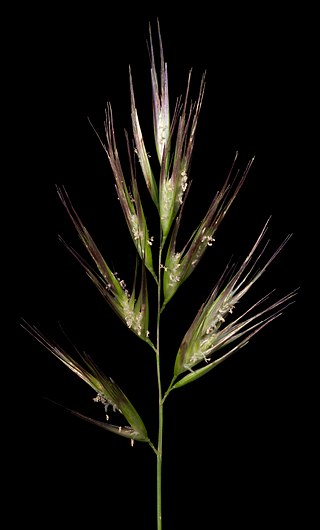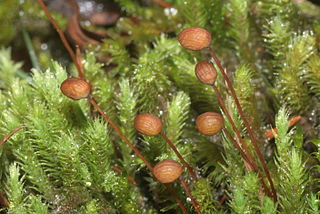
Eschscholzia is a genus of 12 annual or perennial plants in the Papaveraceae (poppy) family. The genus was named after the Baltic German/Imperial Russian botanist Johann Friedrich von Eschscholtz (1793–1831). All species are native to Mexico or the southern United States.

Stapelia is a genus of low-growing, spineless, stem succulent plants, predominantly from South Africa with a few from other parts of Africa. Several Asian and Latin American species were formerly included but they have all now been transferred to other genera. The flowers of certain species, most notably Stapelia gigantea, can reach 41 cm (16 inches) in diameter when fully open. Most Stapelia flowers are visibly hairy and generate the odor of rotten flesh when they bloom.

Oenothera caespitosa, known commonly as tufted evening primrose, desert evening primrose, rock-rose evening primrose, or fragrant evening primrose, is a perennial plant of the genus Oenothera native to much of western and central North America, in habitats such as talus slopes and sandy plains. It is normally night-blooming.

Pilosella caespitosa is like several other Pilosella species and has a similar appearance to many of the hawkweeds.

Dudleya caespitosa is a succulent plant known by several common names, including sea lettuce, sand lettuce, and coast dudleya. It is endemic to California, where it grows along the coastline in the southern half of the state. Taxonomically, this species is a highly variable complex of polymorphic and polyploid plants, closely related to numerous neighboring species such as Dudleya farinosa, Dudleya greenei and Dudleya palmeri. It is delimited from neighboring species on an arbitrary basis of distribution and chromosome number, and may not be immediately separable from the other species it approaches.

Eschscholzia caespitosa is a species of poppy known by the common names foothill poppy, tufted poppy and collarless California poppy.

Rytidosperma caespitosum, known by various common names including common wallaby-grass, ringed wallaby-grass, and white-top, is a species of grass native to southern parts of Australia.
Niebla caespitosa is a fruticose lichen that grows along the fog regions of the Pacific Coast of North America from southern California, including the Channel Islands, to the Vizcaíno Peninsula of Baja California. The epithet, caespitosa, is in regard to the clustered thallus branches spreading widely from a central attachment or holdfast

Cladocora caespitosa, commonly known as cushion coral, is a stony coral of the subclass Hexacorallia. This species forms the only true coral reef in the Mediterranean Sea.

Duvalia caespitosa is a small succulent plant species, in the family Apocynaceae, widespread in South Africa.

Philonotis is a genus of mosses belonging to the family Bartramiaceae.
Philonotis marchica is a species of moss belonging to the family Bartramiaceae.

Philonotis calcarea is a species of moss belonging to the family Bartramiaceae.
Bartramiaceae is a family of mosses belonging to the order Bartramiales.
Poa caespitosa is a synonym for various grasses in the Poa genus.

Philonotis seriata is a species of moss belonging to the family Bartramiaceae. It is widely distributed in Europe but it is also found in other parts of the world.












